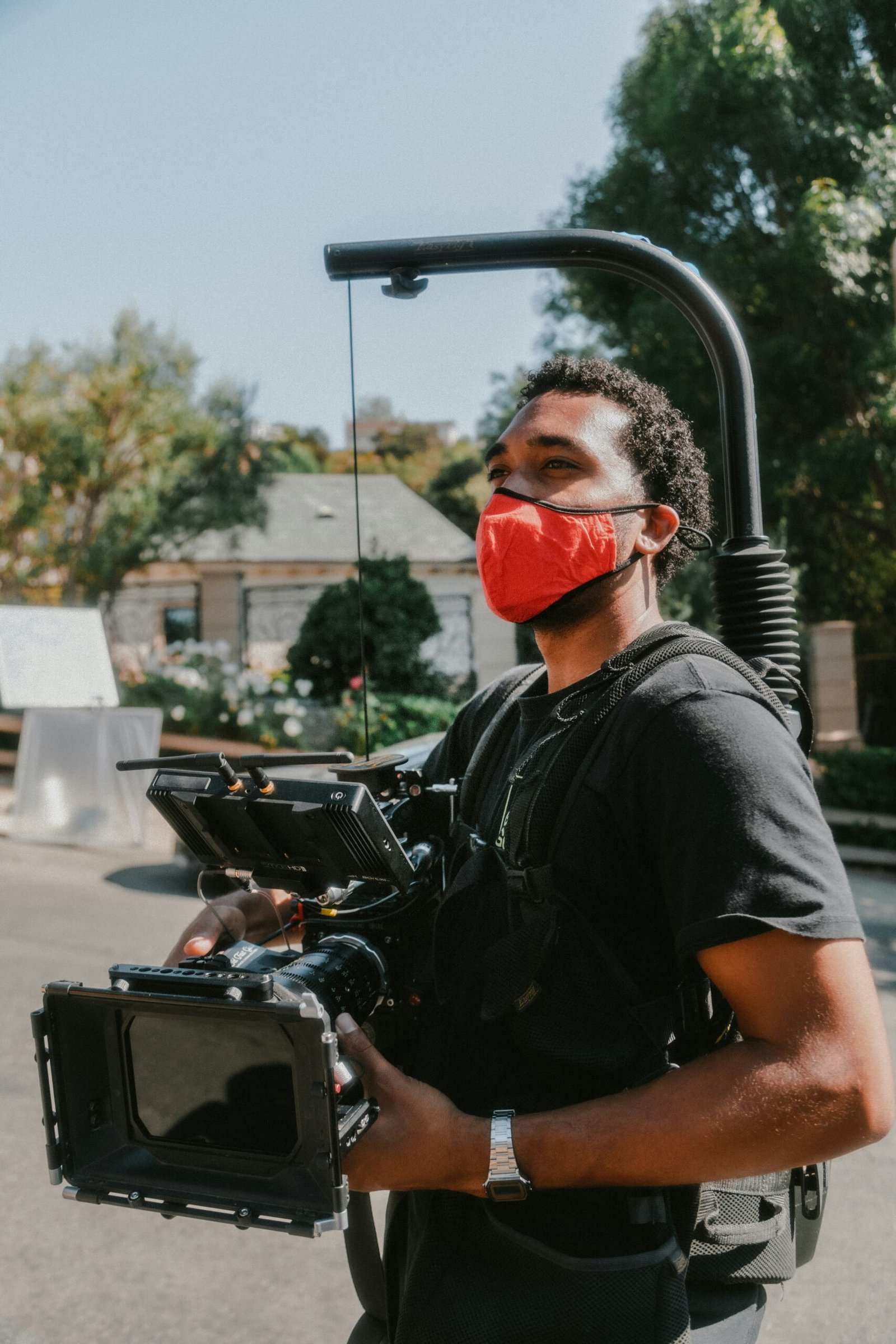The Importance of Editing and Construction of Meaning in Film
When it comes to creating a compelling film, editing plays a crucial role in shaping the final product. Through the careful selection and arrangement of shots, as well as the use of camera movement tools, filmmakers have the power to create meaning and evoke emotions in their audience. In this blog post, we will explore the significance of editing and the construction of meaning in film, with a focus on filming oral testimonies, interviews, and interactions.
1. Shaping the Narrative
Editing is often referred to as the “invisible art” of filmmaking because when done well, it seamlessly blends together different shots and scenes, creating a cohesive and engaging narrative. In the case of oral testimonies, interviews, and interactions, editing allows filmmakers to shape the story being told.
Through the careful selection of shots, filmmakers can highlight key moments, emotions, and reactions. They can choose to focus on the speaker’s facial expressions, body language, or even the environment in which the interaction takes place. By making deliberate choices during the editing process, filmmakers can guide the audience’s attention and create a specific meaning or interpretation of the events being portrayed.
2. Enhancing Emotional Impact
One of the most powerful aspects of film is its ability to evoke emotions in the audience. Through the use of camera movement tools, such as pans, zooms, and tracking shots, filmmakers can enhance the emotional impact of a scene.
For example, during an oral testimony, a filmmaker may choose to use a close-up shot to capture the speaker’s facial expressions and convey their emotions more intensely. Alternatively, a wide-angle shot may be used to show the speaker in their environment, providing a sense of context and adding depth to their story.
Camera movement can also be used to create a sense of tension or suspense. By slowly zooming in on a subject or using a handheld camera to follow the action, filmmakers can build anticipation and engage the audience on a deeper level.
3. Establishing Authenticity
When filming oral testimonies, interviews, and interactions, it is essential to capture the authenticity of the moment. Editing can play a significant role in ensuring that the final product accurately represents the original experience.
By including natural pauses, stutters, and moments of reflection, filmmakers can create a more authentic portrayal of the speaker. These moments of vulnerability and humanity can help the audience connect with the subject on a deeper level and foster empathy and understanding.
Additionally, the pacing and rhythm of the editing can contribute to the overall authenticity of the film. By matching the editing style to the tone and content of the testimonies or interviews, filmmakers can create a cohesive and believable narrative.
Conclusion
Editing and the construction of meaning are essential elements of the filmmaking process. When it comes to filming oral testimonies, interviews, and interactions, editing allows filmmakers to shape the narrative, enhance emotional impact, and establish authenticity. By making deliberate choices during the editing process, filmmakers can create a powerful and engaging film that resonates with audiences.
So, the next time you watch a film, pay attention to the editing and how it contributes to the overall meaning and impact of the story being told.























+ There are no comments
Add yours